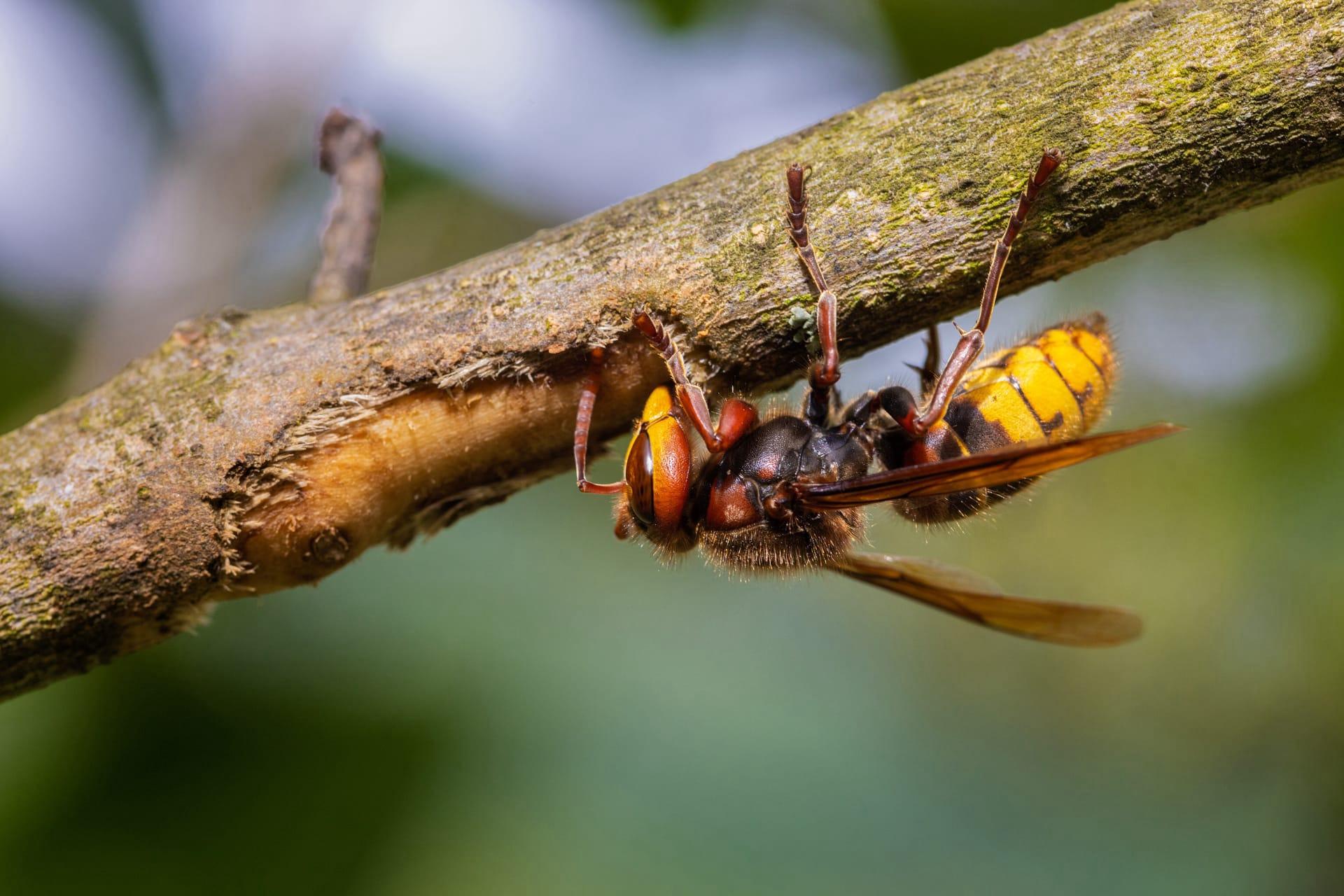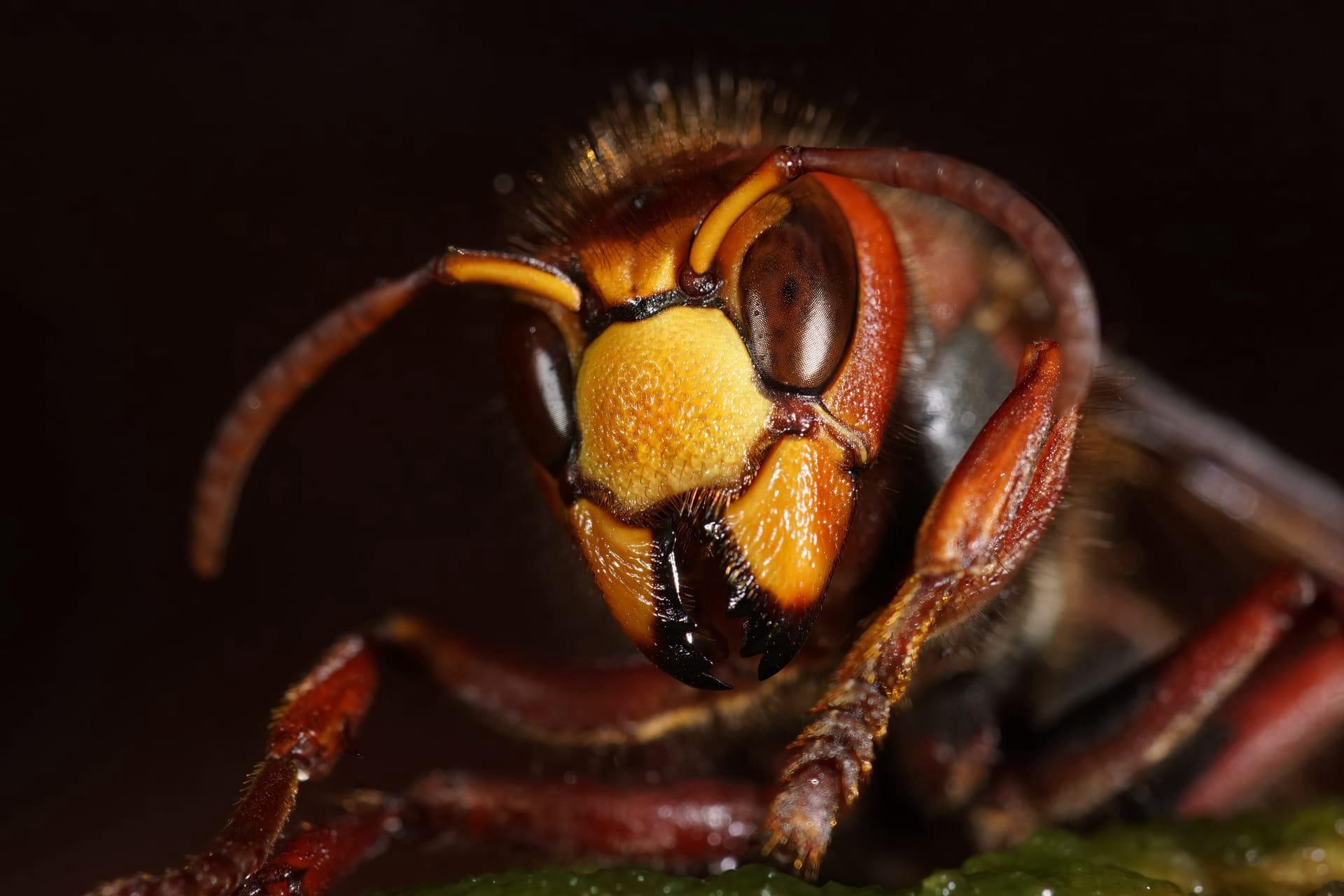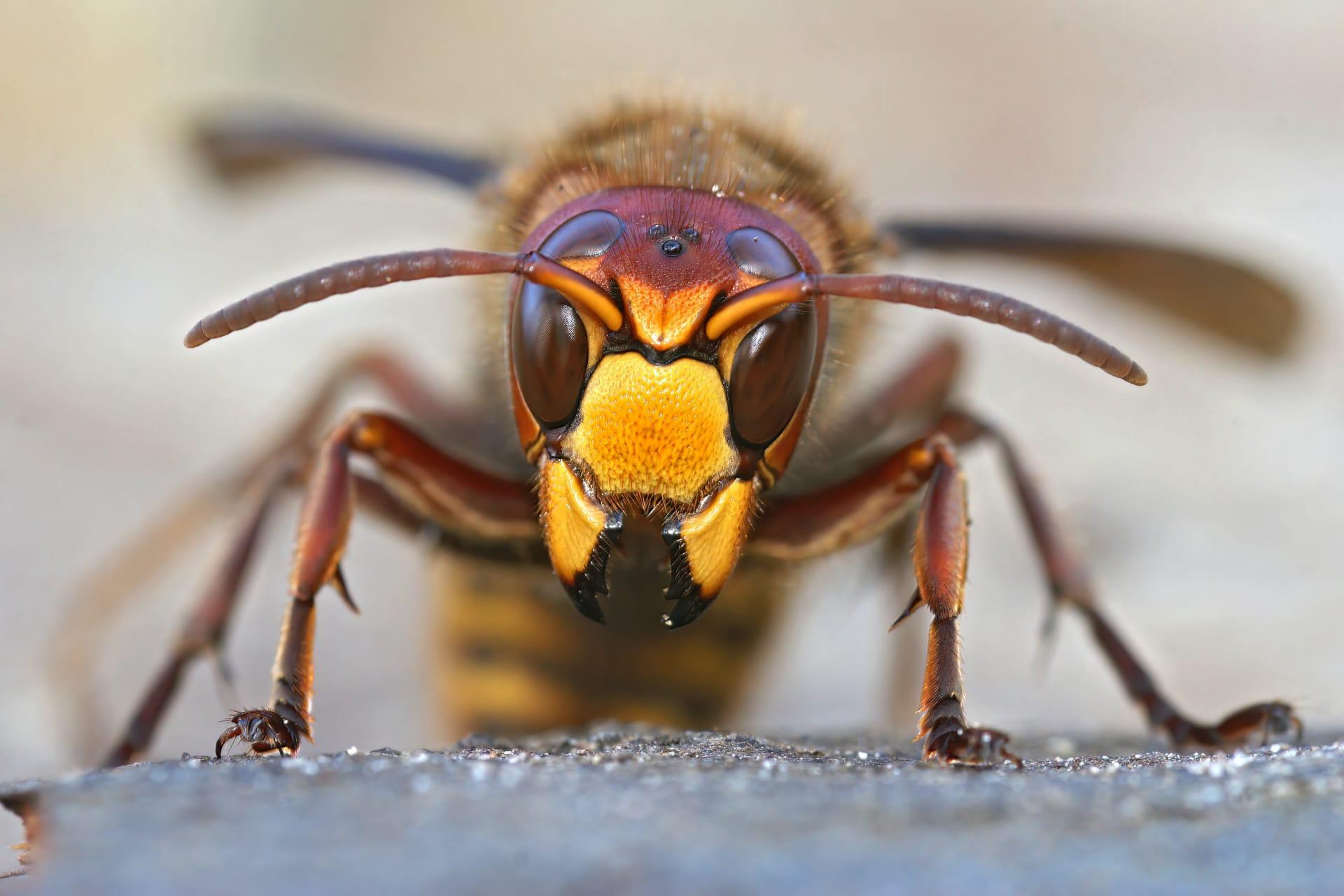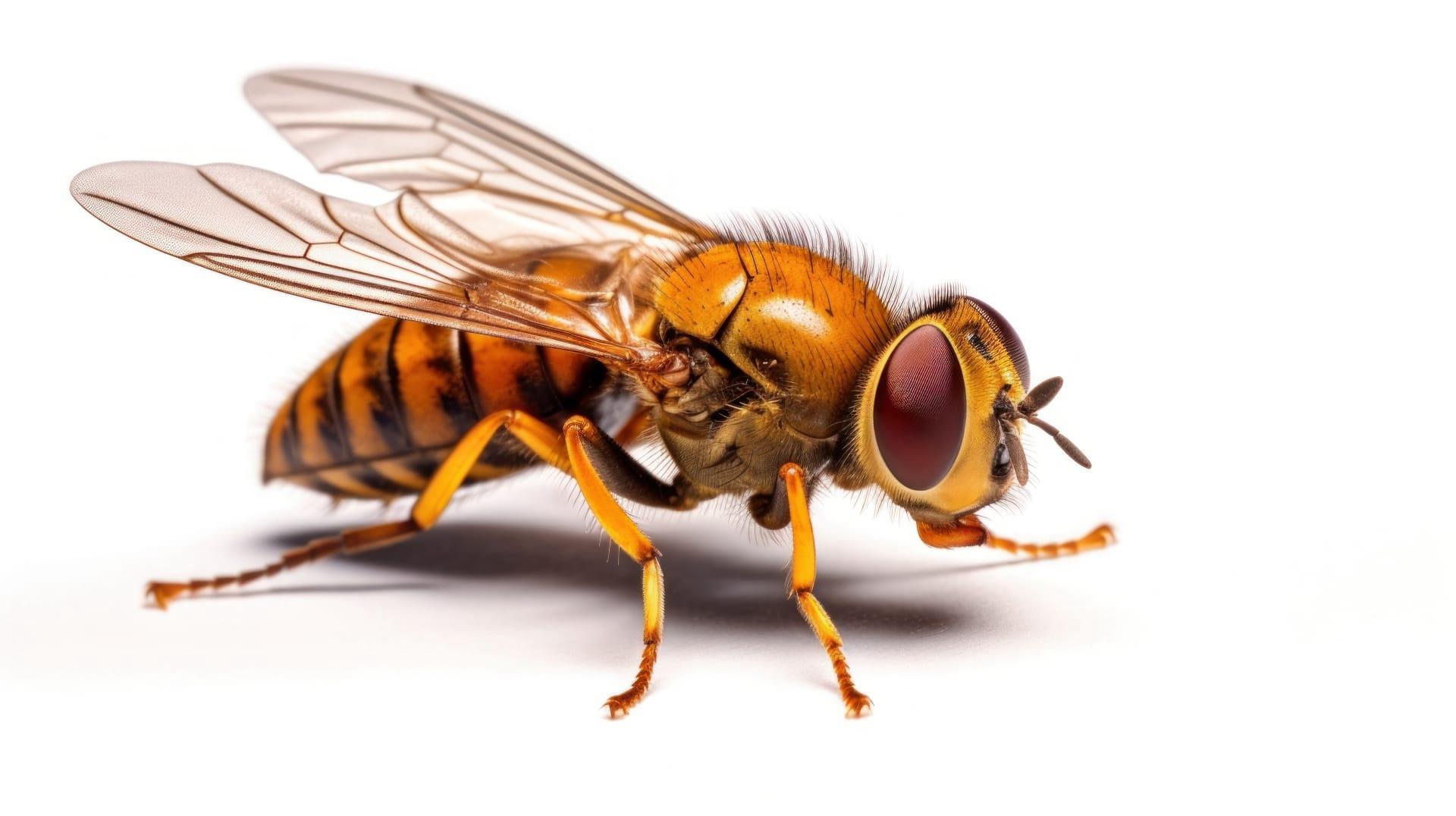1
The European Hornet, scientifically known as Vespa crabro, is the largest of the European wasps. Measuring an impressive 1.2 to 1.8 inches (3 to 4.5 cm) in length, they are easily distinguishable by their size and coloration – a striking combination of yellow, black, and brown. Unlike many other wasp species, European Hornets are known for their nocturnal activity. They can often be seen flying around lights at night. This unique behavior is facilitated by their exceptional vision, which is far superior in low-light conditions compared to other wasp species. This night-time activity, however, doesn't make them less efficient as day predators, where they play a crucial role in controlling pest populations.
Another fascinating aspect of the European Hornet is their method of communication. These insects use a complex system of pheromones to relay information to each other. These chemical signals are used for a variety of purposes, including alerting the colony to threats, guiding others to food sources, and coordinating colony activities. The pheromone communication is so effective that it allows the colony to operate as a highly organized unit, with each member playing its part in the survival and prosperity of the group. This sophisticated communication system is a hallmark of their social structure, making them one of the more intriguing eusocial insects.

2
European Hornets have a unique approach to feeding. Unlike many wasps that prefer sweet substances, these hornets are carnivorous, preying on a variety of insects such as grasshoppers, flies, and even other wasps and bees. Their diet plays a significant role in the ecosystem, as they help control the population of other insects. In addition to their predatory habits, they are also known to consume tree sap, which they acquire by girdling branches, a process where they strip the bark from small branches to access the sap. This behavior, while detrimental to individual trees, does not usually cause widespread harm to forests.
One of the lesser-known facts about the European Hornet is their nesting habits. They prefer to build their nests in dark, secluded places like hollow trees, attics, or abandoned buildings. These nests are made from a papery substance created by chewing wood mixed with saliva. A single nest can house between 200 to 400 hornets and is generally used for only one season. After the season, the nest is abandoned, and a new queen starts a new colony elsewhere. The architecture of these nests is quite intricate, with multiple layers and cells, reflecting the complexity of their social structure.

3
The lifecycle of the European Hornet is particularly intriguing. They have an annual life cycle, with only the young mated queens surviving the winter. These queens emerge in the spring to start new colonies. The queen lays her eggs in the cells of the nest, which hatch into larvae. These larvae are fed by the worker hornets and eventually pupate into the adult form. The workers, all sterile females, take on the tasks of expanding the nest, foraging for food, and caring for the young. By late summer, the colony reaches its peak, with the queen laying eggs that develop into new queens and males. These new queens and males leave the nest to mate, and the cycle begins anew.
European Hornets display a unique defensive behavior. When threatened, they can release an alarm pheromone that signals other hornets to come to their defense. This pheromone triggers an aggressive response, leading to a coordinated attack on the perceived threat. This defense mechanism is particularly effective in deterring predators and protecting the nest. However, European Hornets are generally less aggressive than some of their wasp relatives and will not attack unless provoked or their nest is threatened. Their sting, while painful, is not generally dangerous to humans unless there is an allergic reaction.

4
Regarding their interaction with humans, European Hornets are often misunderstood due to their size and loud buzzing. However, they are less likely to sting than other wasps and bees unless their nest is directly threatened. They are considered beneficial insects due to their predation of pests that can harm crops and gardens. Despite their intimidating appearance, they play an important role in maintaining the balance of the ecosystem.
Another interesting feature of the European Hornet is its ability to regulate the temperature within the nest. Worker hornets can control the nest’s internal temperature by fanning their wings to circulate air or by bringing water to the nest, which they spread on the walls for evaporative cooling. This thermoregulation is vital for the development of the larvae and the overall health of the colony, showcasing their advanced social behavior and adaptability to environmental conditions.

5
European Hornets have a varied vocal repertoire. They produce sounds by vibrating their wings or bodies, which can be used for communication within the colony or as a means of deterrence against predators. These sounds range from buzzing to a series of clicks, each serving a specific purpose. The ability to produce and interpret these sounds is crucial for their survival and social interaction.
The European Hornet has a significant impact on the environment through pollination. While they are not as efficient as bees, their foraging behavior on flowers contributes to the pollination of various plants. This role, often overshadowed by their predatory nature, is essential in maintaining the biodiversity of ecosystems where they are present. Their presence in gardens and forests signifies a healthy, balanced environment, highlighting their importance beyond being just a predator.